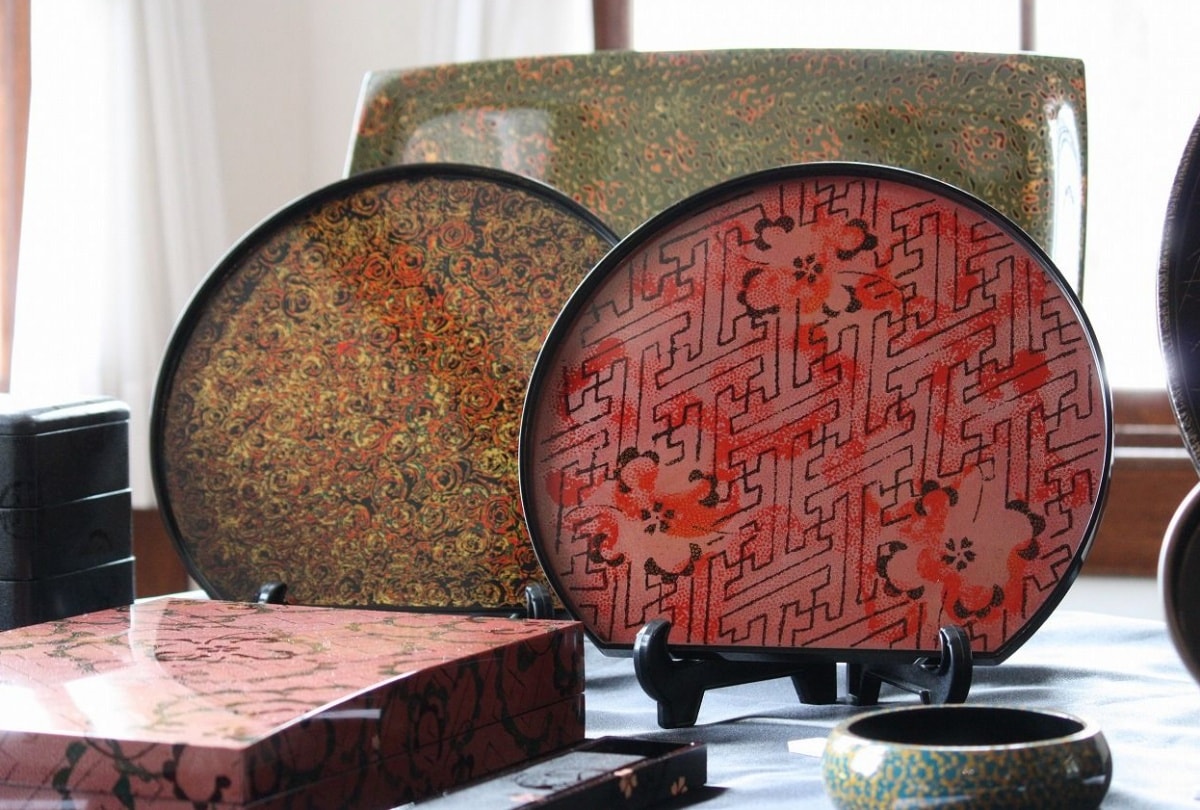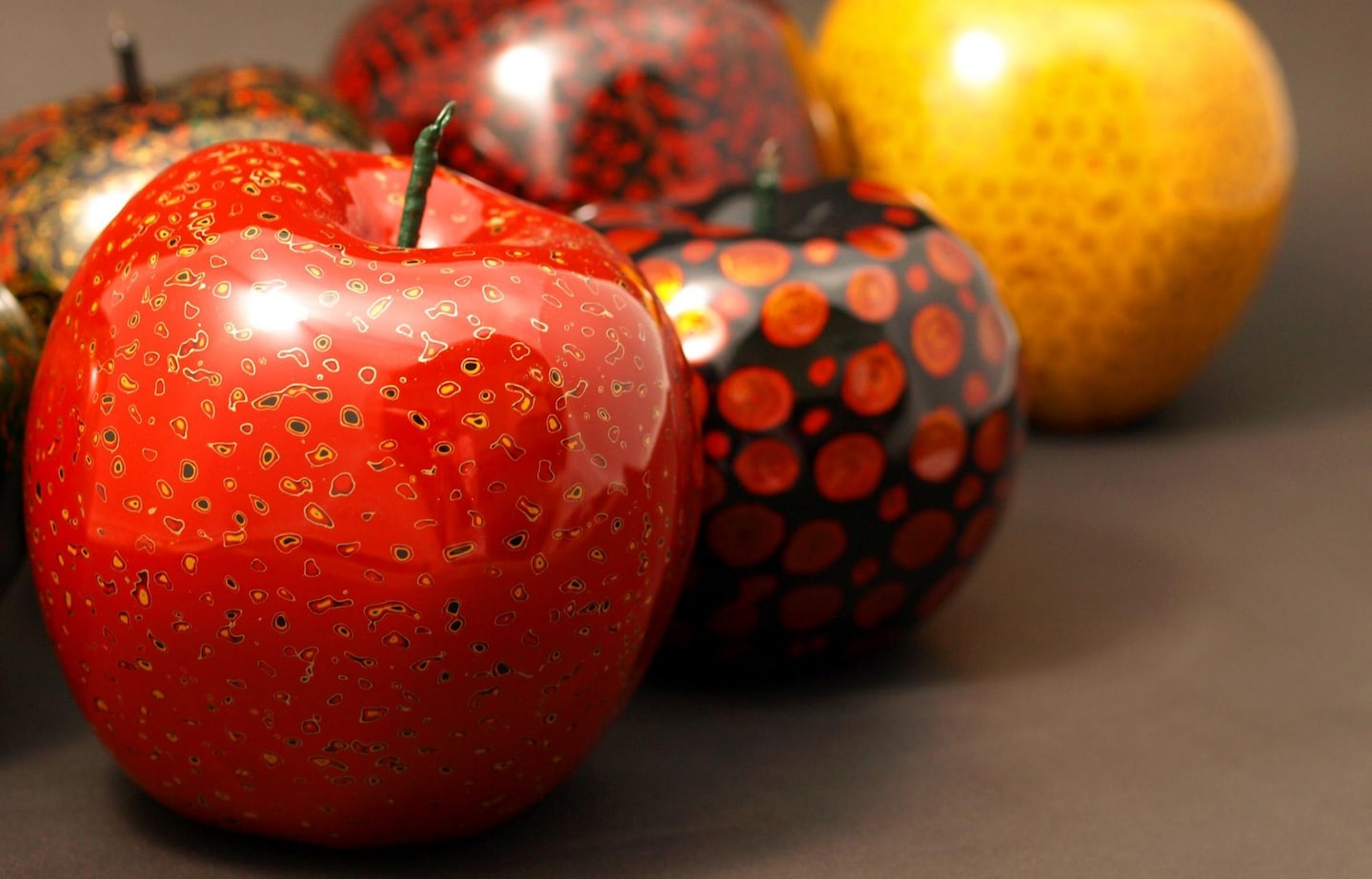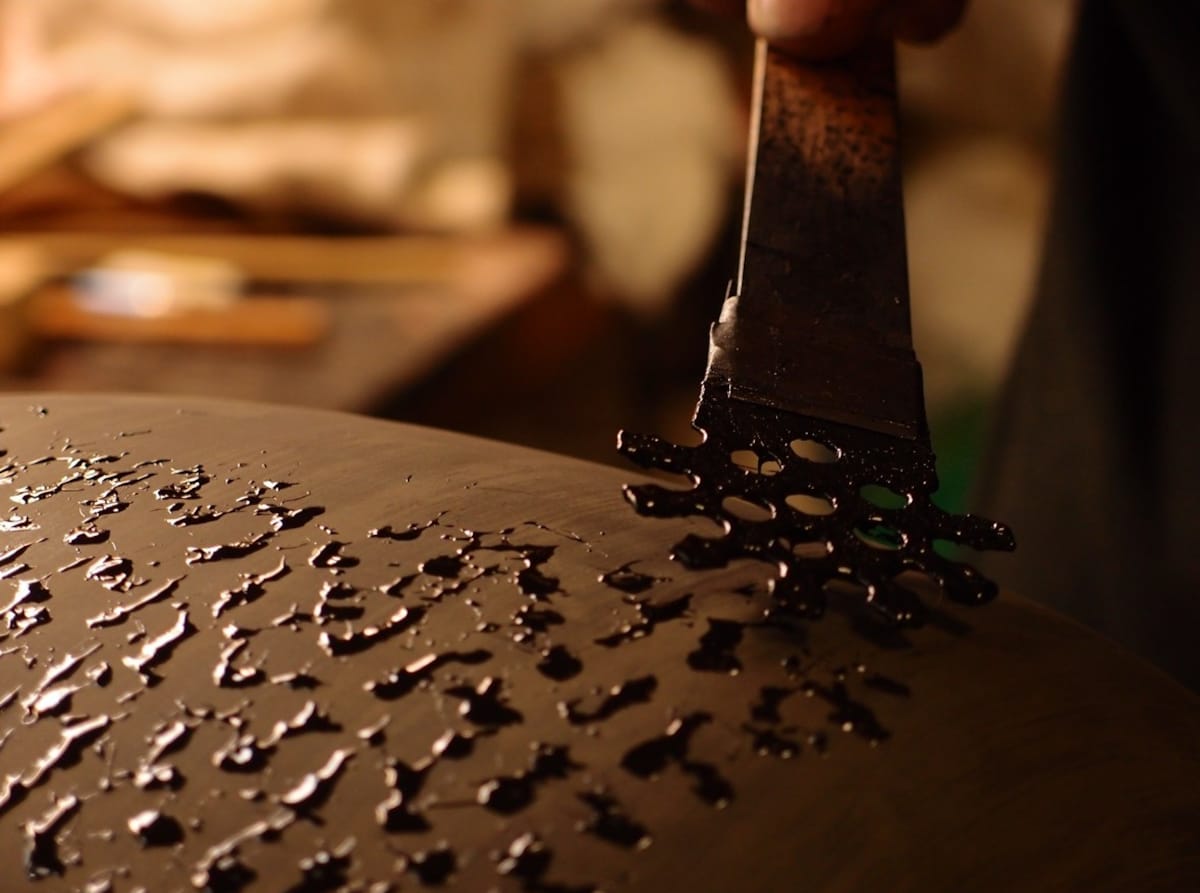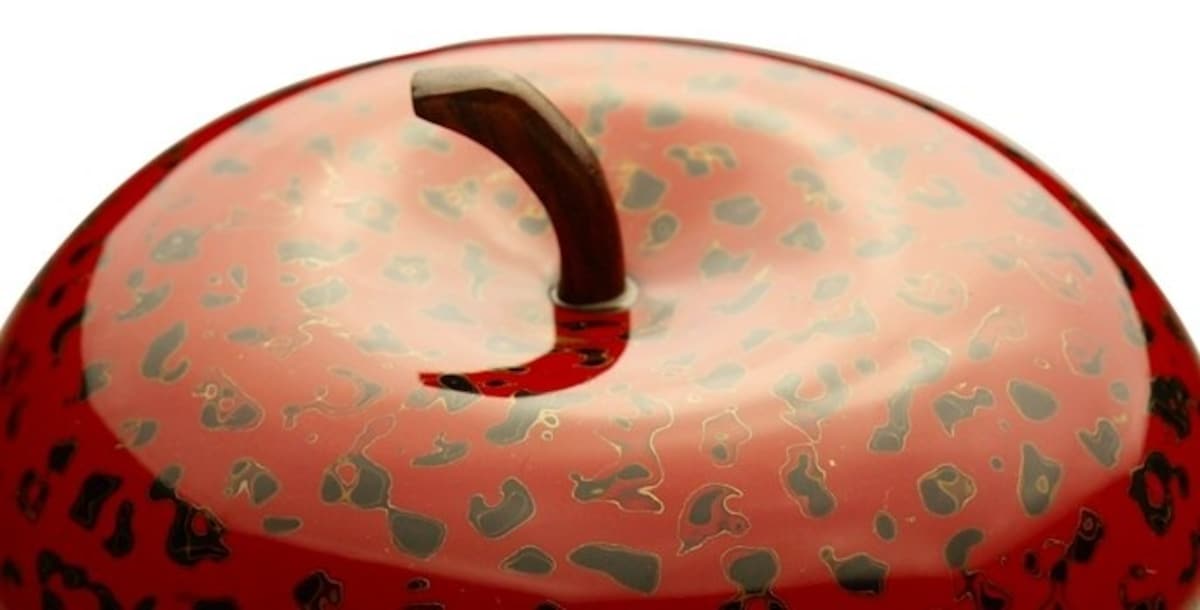Aomori's Stunning 'Tsugaru-nuri' Lacquerware
As a food-loving nation, much of the omiyage (souvenirs) found throughout Japan is, naturally, edible. But what if you don’t want to eat away the memories of your travels? If you're in Aomori, look no further than Tsugaru-nuri!
By Teigan BabcockWhat is 'Tsugaru-nuri'?

http://livedoor.blogimg.jp/fteien/imgs/b/0/b01798bf.jpg
Located at the far north end of Japan’s main island of Honshu, Aomori Prefecture is the birthplace of a gorgeous style of lacquerware called Tsugaru-nuri. Nuri means coating (as in, the lacquer-making process) and Tsugaru is the name of the area where the style originated, on the western peninsula at the peak of the prefecture.
The search to show off originality, prestige, and excess among the elite class during the Edo Period (1603-1868), encouraged lacquer artisans to compete fiercely for patronage of the ruling clans. Ikeda Genbei is said to be the craftsman who developed the unique appearance of Tsugaru-nuri after apprenticing in Kyoto. Process-wise, not much has changed in the 300 years artisans have been crafting these eye-catching pieces, aside from growing popular both domestically and internationally. Tsugaru-nuri was designated a Traditional Folk Craft in 1975.
Style Types
There are four styles of Tsugaru-nuri. They are: Kara-nuri, which results in multicolored speckling; Nanako-nuri, which is a circular pattern said to represent the apples the prefecture is well-known for growing; Monsha-nuri, a stipple-like pattern of small dots and patterns; and Nishiki-nuri, an extremely advanced technique combining circles, patterns, and lines.
The most popular and abundant style available is Kara-nuri.
The Process
Tsugaru-nuri begins with as many as 48 applications of a base layer, all of which must completely dry before any progress can be made. Then, the pattern layers are painted on. To achieve the distinctive pattern of Kara-nuri, a spatula-like tool, called a shikake-bera, is used to apply the resin. Colored surface patterns are dictated by the thickness of the pattern lacquer layers. Finally, several coats of the surface layers are applied and allowed to dry.
After the application of the surface layers is complete, the pattern is brought out by sanding and polishing with wet sandpaper, eventually reaching the multicolored layers beneath. The finished result is a piece bearing a rich, mottled pattern with depth and a glossy sheen. The entire process, from start to finish, can take more than 60 days.
Some have called Tsugaru-nuri "the fool’s lacquerware," as only a fool would commit so much time to a single piece. Others say the lacquerware’s distinct beauty is a result of the dark, long winters of Aomori.
How to Get It
The hub of Tsugaru culture, and therefore Tsugaru-nuri, is the city of Hirosaki, which is famous for its castle and its summertime Neputa Festival.
One of the city’s main tourist attractions is the Tsugaru-han Neputa Village. Not only will you find several hands-on exhibits related to the Neputa Festival in this museum, but there are also workshops and rooms dedicated to handicrafts, including one that allows you try your own hand at Tsugaru-nuri.
Tsugaru-nuri makes the perfect practical souvenir, as well as being beautifully decorative. If you’re not able to make the trip up to Aomori and you’re interested in acquiring some of these gorgeous pieces for yourself, check out Nihon Ichiban below!






